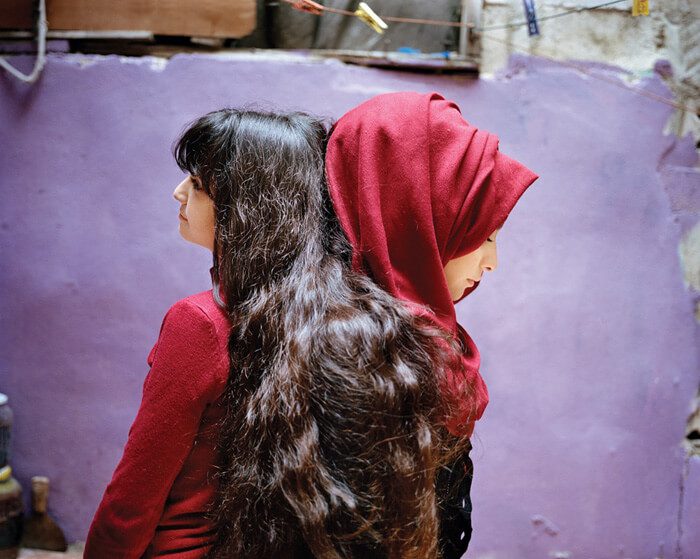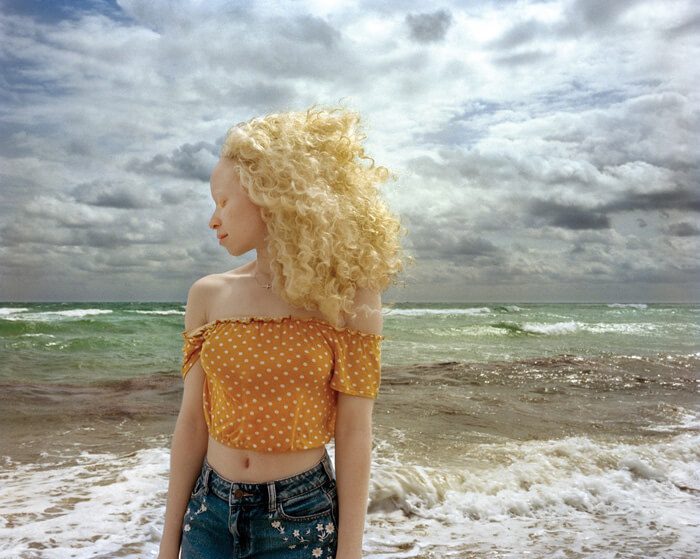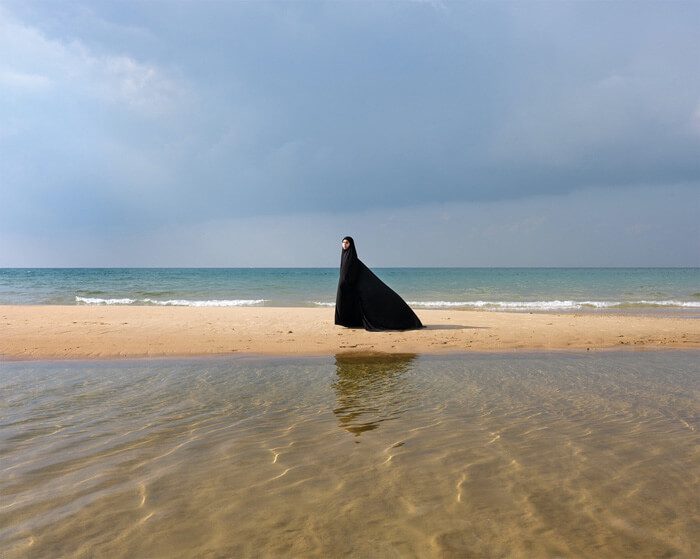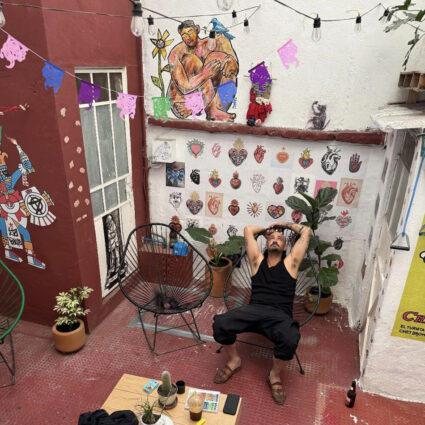The photography exhibition Rania Matar: SHE at Obscura Gallery centers female complexity and empowerment.
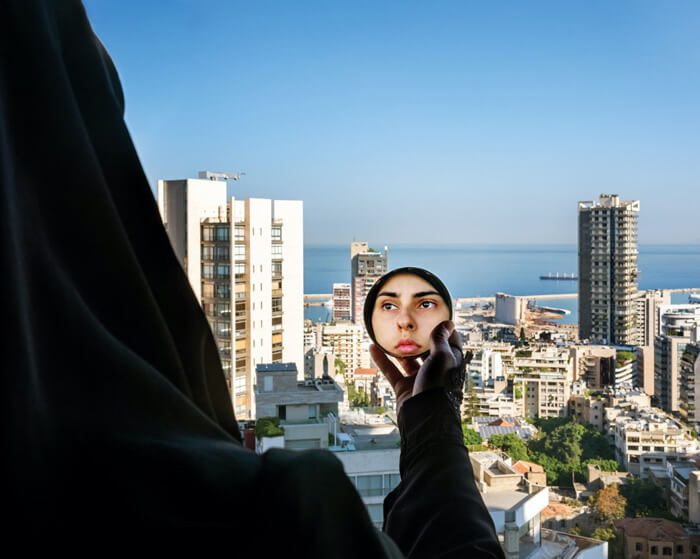
Rania Matar: SHE
August 25–October 31, 2021
Obscura Gallery, Santa Fe
Susan Sontag famously wrote in her On Photography essay “In Plato’s Cave”: “To photograph is to appropriate the thing photographed. It means putting oneself into a certain relation to the world that feels like knowledge—and, therefore, like power.”
In Rania Matar’s photographic exhibition SHE, now showing at Santa Fe’s Obscura Gallery through October 31, 2021, the artist seems to give power back to the young women who are beautifully portrayed in the images. The subjects of her images—photographed in cityscapes, fields, forests, and bodies of water—are in dialogue with their environments and own stories of empowerment. The images feel refreshing and like a welcome step in the right direction.
In this series, Matar photographed women in the Middle East and the United States at an age when they are emerging as independent women in the world. (Matar, of Middle Eastern descent, was born and raised in Lebanon before moving to the U.S.). The seeds were born out of Matar’s interest in photographing her daughters throughout their transition into womanhood and grew from her travels and exposure to different women and landscapes.
The images are displayed throughout a shared gallery space of multiple rooms. The process of discovering the hanging images interwoven among unrelated art pieces can be seen as an adventure—one of turning corners, finding, and following these women as they venture into their own experience of discovery.
In the striking Alea (with the mirror), a woman’s silhouette stands in shadow against a window view of the outside. The woman’s bright face fills a small, round mirror and visually floats against a backdrop of the city of Beirut, with its tall buildings, the sea, and the sky beyond. It takes a second glance to realize nothing is floating, but that the woman is holding her reflection in her hand.
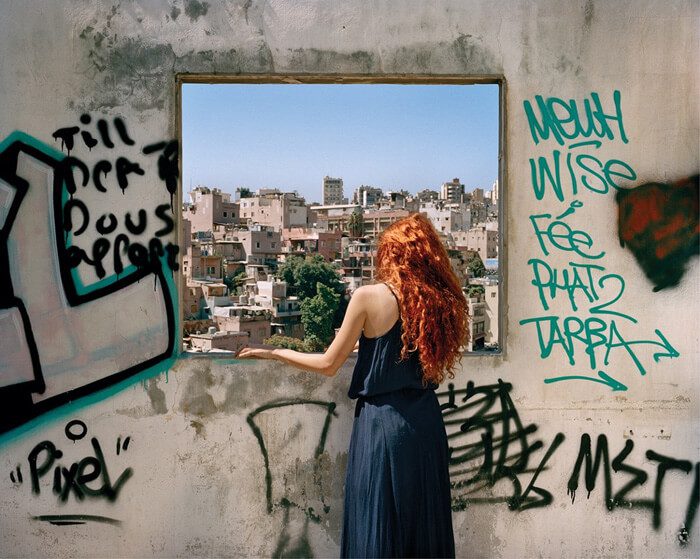
In Nour, a woman looks out an open window, at a framed view of Beirut, cut out of a graffiti-covered wall. Matar, playing with dimension and perspective, centers the woman with long, red hair who is taking in the view. In another stunning image titled Alae, a woman stands on the beach, surrounded by water and sand—she’s clothed entirely in black and, with only her face revealed, appears to be looking confidently ahead. The women, who are almost perfectly positioned in the middle of these images, can be seen bisecting the landscape around them.
While the subjects hold the viewer’s attention, the backgrounds are also remarkable and equally significant. The locations of the shots—Lebanon, Cairo, and the U.S.—reflect Matar’s bicultural background and upbringing. With each image, Matar demonstrates a relationship between the women and the environment which they inhabit. Collectively as a series, she shows the commonalities between these women living in the States and the Middle East.
Dichotomy can be seen in the moving image Sara and Samira, which was taken at a Palestinian refugee camp in Beirut. Two women sit with their backs to each other, heads touching. The long, dark hair of one of the women cascades against the red hijab of the other, and the two appear intertwined.
Each image I viewed contained complexity and a story that held my interest and carried me through the exhibition. Above all, Matar’s interest in and sensitivity to the female experience—as a woman, mother, and photographer—are evident in this series, which centers worldwide female power and empowerment.
Rania Matar: SHE is scheduled to remain on display through October 31, 2021, at Obscura Gallery, 1405 Paseo de Peralta.
